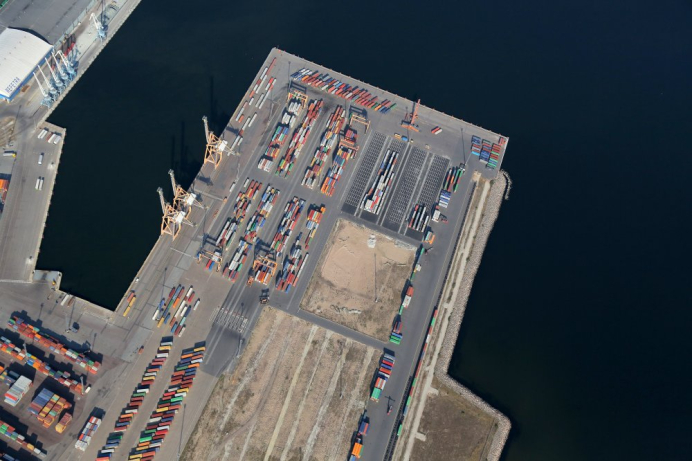The ball started to roll during the Glasgow Climate Conference known as COP26 where the Clydebank Declaration was officially signed. The document commits its signatories to establish zero emission maritime routes between two ports by the collective aim to create at least 6 green corridors by 2025. When somebody asks me how I would define the green corridor, I would answer in following way - these are shipping lanes which will be used only for vessels which emit zero emissions and served by ports operated 100% in a green way. However, my understanding can be totally wrong. The reason is that nobody has defined the exact meaning of the corridor. The above-mentioned Clydebank Declaration does not help either as in one paragraph it declares that green routes must be for vessels emitting zero emissions but a later paragraph contains the sentence saying that all ships routing on these lanes must not submit zero emissions.
At the moment there is lots of information about the topic in the air, also in the Baltic Sea region and from the professional point of view, some of it is confusing. Another example, I have seen the concept document setting targets to make the Gulf of Finland sustainable transport corridor, including ship movements between Estonia and Finland, emission neutral for 2035. On paper the idea looks good and ambitious but what does it really mean?
The maritime industry needs a clear definition of maritime green corridors. Therefore, we must start more detailed discussions over this topic which ends up with the concreate criteria and parameters of the concept.
Here are some preliminary ideas about the content of the concept.
- Make the fundamental decision: what would we like to achieve with the concept of the Green Corridor, is our will to be more ambitious than the goals arising from the Fit for 55 package? If yes, then in which way - implementing deadlines, more ambitious targets or wider scope (for instance, all ships?))
- Define the concept and conditions of Green Corridors (e.g., either the corridor means 100% carbon neutrality for both ships and ports, or is it limited only to the administrative part - lower fees for more environmentally friendly ships).
- Set deadlines for the implementation of Green Corridors.
- Define criteria for the selection of Green Corridors (which ports and shipping lines qualify).
- Assess the economic and environmental impacts of green corridors (basically SWOT analysis) to the environment, industry, economy, welfare of people and region prosperity.
- Engage all parties (industry, stakeholders) involved in the process and listen to their professional assessments/suggestions/opinions.
- Define bonuses that attract the industry (ports, shipping companies) to join and develop green corridors.
- Find financing opportunities to implement the concept.
I totally understand that creating this kind of concept is a challenge which needs active involvement of representatives of states and the industry, only in this way we can establish measurable targets and achievable deadlines. I know that ministries responsible for maritime transport in Finland and Estonia already plan to start discussions how to go on with green corridors. I also encourage all stakeholders of the maritime industry (governmental institutions, shipping companies, port organisations) to show the initiative and express their detailed visions. The best way to do it is via projects. Different financing programs are waiting for transport projects dedicated to green transformation of the transport sector. The 2nd call of Interreg Baltic Sea Region is already closed but I have seen the e-mail in my mailbox saying that there is a call opened in the Interreg Europe program. Plus, some days ago I read the news that the Project Support Facility of the Council of the Baltic Sea States (CBSS) waiting for project ideas up to the end of the March. I hope somebody who thinks in a similar way as I do, uses the opportunity, and starts the project. As the title of this article says - the region needs clear and concrete definition of the maritime green corridors.




